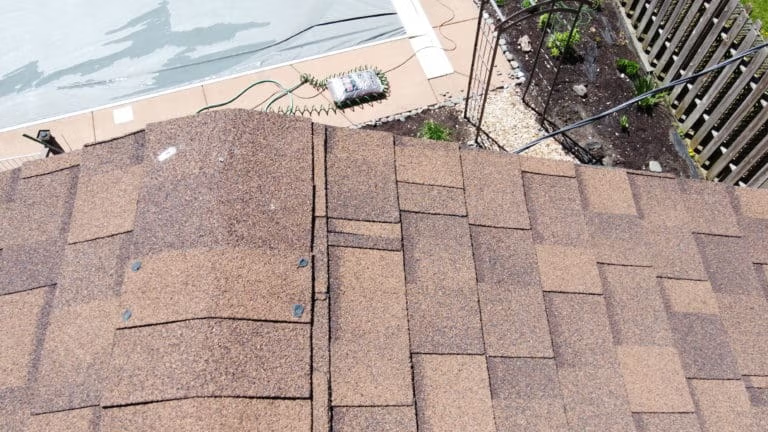What Size Hail Causes Roof Damage?
Hailstones can have a wide range of impacts on roofs, and the size of the hail is a crucial factor in determining the extent of the damage. Smaller hailstones, typically less than one inch in diameter, may not cause significant damage to most roofing materials. However, larger hailstones, typically one inch or greater in diameter, can cause visible damage to shingles, tiles, and other roofing components.
The impact force of larger hailstones can result in dents, cracks, and even punctures in the roofing material, compromising its integrity and leading to potential leaks and other issues. It's essential to inspect your roof for signs of hail damage, such as dented or cracked shingles, immediately after a hail event to determine the extent of the damage and take appropriate action.
Spotting Hail Damage Right Away
Recognizing hail damage on your roof can help you take prompt action to address the issue and prevent further problems. Look for visible signs of impact, such as dents or cracks in the roofing material, as well as any missing or displaced shingles or tiles. Additionally, inspect your gutters and downspouts for any debris or granules that may have been dislodged from the roof.
If you suspect your roof has sustained hail damage, it's recommended to have a professional roofing contractor perform a thorough inspection. They can accurately assess the extent of the damage and provide you with the necessary recommendations for repair or replacement. Addressing hail damage promptly can help protect your home and prevent more significant issues from arising down the line.

